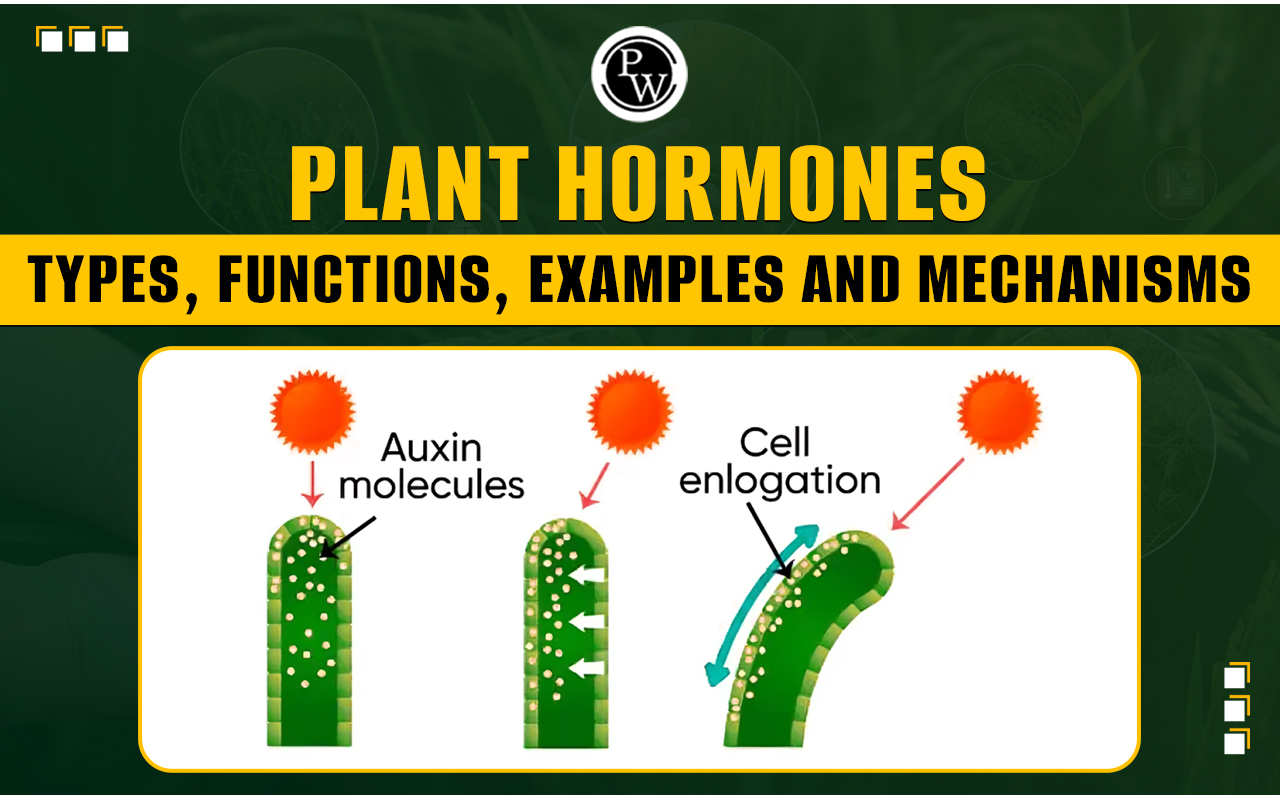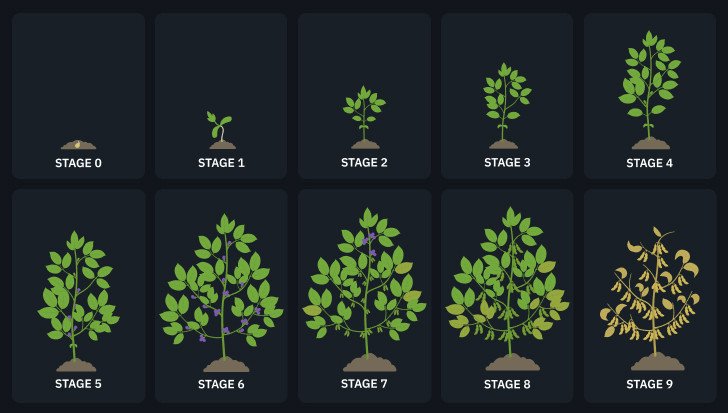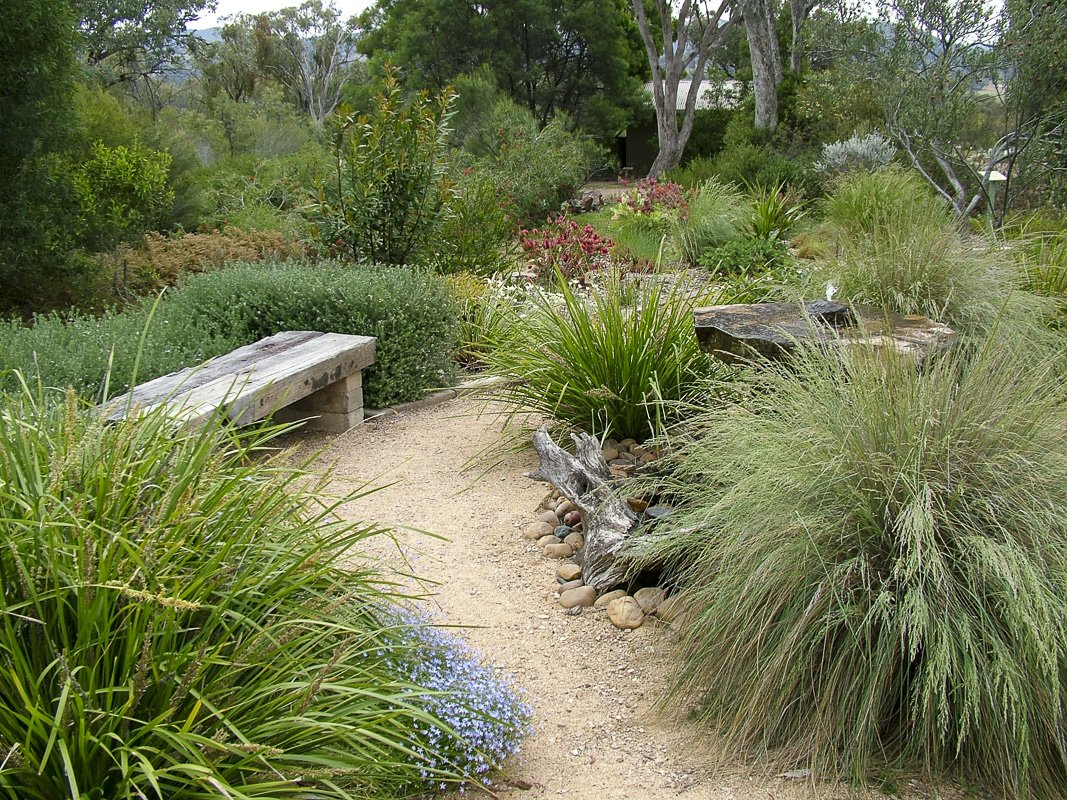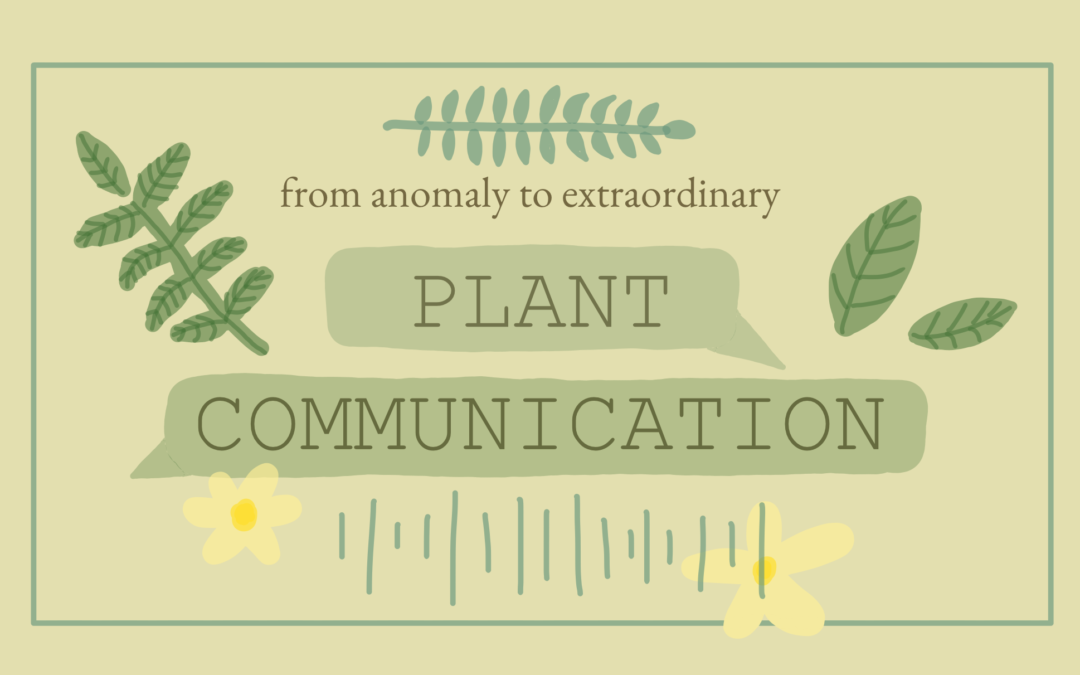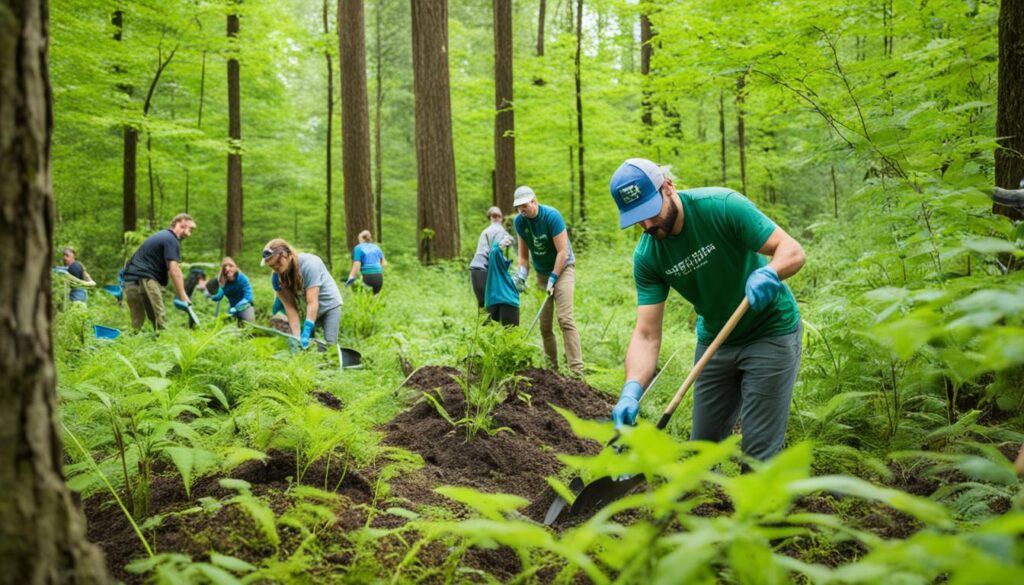
The Urgent Need for Native Plant Conservation
In an era defined by rapid environmental change and habitat destruction, the conservation of native plants has never been more critical. Native plants, the botanical backbone of our ecosystems, are under increasing threat from a multitude of factors, including urbanization, agriculture, invasive species, and climate change. These plants, which have evolved over millennia to thrive in specific regions, are integral to the health and stability of our natural world.
The decline of native plant populations has far-reaching consequences. These plants provide essential food and shelter for native wildlife, support crucial pollinator populations, maintain soil health, and regulate water cycles. When native plants disappear, the delicate balance of ecosystems is disrupted, leading to biodiversity loss, reduced ecosystem services, and a diminished resilience to environmental stressors.
Recognizing the urgency of this situation, conservationists, scientists, and communities around the globe are launching native plant conservation projects aimed at protecting and restoring these vital resources. These projects encompass a wide range of strategies, from seed collection and propagation to habitat restoration and public education. By understanding the importance of native plants and supporting conservation efforts, we can help ensure the long-term health and resilience of our planet.
Understanding Native Plants and Their Importance
Native plants are species that have evolved and adapted to a particular region over an extended period, typically before European colonization. They form intricate relationships with local fauna, creating a complex web of life that sustains entire ecosystems. These plants are uniquely suited to the climate, soil, and other environmental conditions of their native habitat.
Ecological Significance
Native plants play a pivotal role in supporting biodiversity. They provide food, shelter, and nesting sites for a wide array of native animals, including insects, birds, mammals, and amphibians. For example, native milkweed is the sole food source for monarch butterfly larvae, while oak trees support hundreds of insect species, which in turn provide food for birds and other wildlife. The loss of native plants can trigger a cascade effect, leading to the decline of animal populations and the disruption of ecological processes.
Furthermore, native plants contribute to soil health by preventing erosion, improving water infiltration, and cycling nutrients. Their deep root systems help stabilize soil, reducing the risk of landslides and flooding. Native plants also play a crucial role in carbon sequestration, helping to mitigate climate change by absorbing and storing carbon dioxide from the atmosphere.
Economic and Cultural Value
Beyond their ecological significance, native plants also hold economic and cultural value. Many native plants have medicinal properties and have been used for centuries by indigenous peoples for healing purposes. Others provide valuable resources such as timber, fiber, and food. Native plants also enhance the aesthetic appeal of landscapes, attracting tourists and boosting local economies.
In many cultures, native plants are deeply intertwined with traditions, ceremonies, and artistic expression. They serve as symbols of identity and connection to the land, embodying the history and heritage of local communities. The conservation of native plants is therefore not only an environmental imperative but also a cultural one.
Types of Native Plant Conservation Projects
Native plant conservation projects take many forms, each tailored to the specific needs and challenges of the region and the plant species being protected. These projects can be broadly categorized into several key areas:
Seed Collection and Banking
Seed collection and banking are fundamental to native plant conservation. This involves collecting seeds from wild populations of native plants and storing them in seed banks or gene banks. These seed banks serve as a safeguard against extinction, providing a source of genetic material for future restoration efforts. Seed collection must be done sustainably, ensuring that it does not harm the parent plants or deplete wild populations.
Proper seed storage is crucial for maintaining seed viability. Seeds are typically dried and stored at low temperatures to slow down metabolic processes and extend their lifespan. Seed banks also conduct regular germination tests to monitor seed quality and ensure that the seeds remain viable over time.
Habitat Restoration
Habitat restoration is the process of restoring degraded or destroyed habitats to their natural state. This often involves removing invasive species, reintroducing native plants, and restoring natural hydrological processes. Habitat restoration projects can range in scale from small urban gardens to large-scale landscape restoration efforts.
Successful habitat restoration requires careful planning and execution. It is essential to understand the ecological history of the site, identify the native plant species that once thrived there, and address the factors that led to its degradation. Restoration efforts may involve soil amendment, erosion control, and the creation of microhabitats to support a diversity of native plants and animals.
Propagation and Nursery Production
Propagation and nursery production involve growing native plants from seeds or cuttings in nurseries for use in restoration projects, landscaping, and gardening. This helps to increase the availability of native plants and reduce the pressure on wild populations. Native plant nurseries play a crucial role in providing high-quality, locally adapted plants for conservation efforts.
Growing native plants in nurseries requires specialized knowledge and techniques. It is important to use locally sourced seeds and cuttings to ensure that the plants are well-adapted to the local environment. Nurseries also need to be mindful of potential pests and diseases and implement sustainable growing practices to minimize their environmental impact.
Invasive Species Management
Invasive species are a major threat to native plant communities. These non-native plants can outcompete native species for resources such as sunlight, water, and nutrients, leading to their decline or displacement. Invasive species management involves controlling or eradicating invasive plants to protect native plant populations and restore ecosystem health.
Invasive species management strategies can include manual removal, herbicide application, prescribed burning, and biological control. The most effective approach depends on the species being targeted, the size of the infestation, and the sensitivity of the surrounding environment. Integrated pest management (IPM) strategies, which combine multiple control methods, are often the most effective and sustainable approach.
Community Engagement and Education
Community engagement and education are essential for the success of native plant conservation projects. Raising awareness about the importance of native plants and engaging local communities in conservation efforts can foster a sense of stewardship and promote long-term sustainability. Community engagement can take many forms, including volunteer planting days, educational workshops, guided nature walks, and citizen science projects.
Educational programs can help people learn about the ecological, economic, and cultural value of native plants and how they can support conservation efforts in their own backyards and communities. By empowering individuals to take action, we can create a network of native plant advocates who will champion conservation efforts for generations to come.
Successful Native Plant Conservation Projects: Case Studies
Numerous successful native plant conservation projects around the world demonstrate the effectiveness of targeted conservation efforts. Here are a few notable examples:
The California Floristic Province Project
The California Floristic Province (CFP) is a biodiversity hotspot renowned for its high concentration of endemic plant species. The California Native Plant Society (CNPS) has been instrumental in conserving the CFP’s unique flora through a variety of initiatives, including seed collection, habitat restoration, and advocacy. CNPS works closely with landowners, government agencies, and other organizations to protect native plant habitats and promote sustainable land management practices.
One of CNPS’s key initiatives is the Rare Plant Program, which tracks the status of rare and endangered plant species in California and advocates for their protection. CNPS also conducts research on native plant ecology and provides educational resources to the public.
The Royal Botanic Gardens, Kew’s Millennium Seed Bank
The Millennium Seed Bank, located at the Royal Botanic Gardens, Kew in the United Kingdom, is the largest wild plant seed bank in the world. Its mission is to collect and conserve seeds from 25% of the world’s plant species by 2020. The seed bank focuses on collecting seeds from threatened and endangered plants, as well as plants that are important for human livelihoods.
The Millennium Seed Bank collaborates with partners around the world to collect seeds and conduct research on seed conservation. The seeds are stored in a state-of-the-art facility at low temperatures to ensure their long-term viability. The seed bank also provides seeds to researchers and conservationists for use in restoration projects and scientific studies.
The Chicago Botanic Garden’s Plants of Concern Program
The Chicago Botanic Garden’s Plants of Concern program engages citizen scientists in monitoring rare and endangered plant populations in the Chicago region. Volunteers are trained to identify native plants, collect data on their distribution and abundance, and report their findings to the Botanic Garden. This data is used to inform conservation planning and management decisions.
The Plants of Concern program has been instrumental in identifying and protecting important native plant habitats in the Chicago region. It has also helped to raise awareness about the importance of native plants and engage local communities in conservation efforts.
Challenges and Future Directions in Native Plant Conservation
Despite the successes of many native plant conservation projects, significant challenges remain. Climate change, habitat loss, and invasive species continue to pose major threats to native plant populations. Addressing these challenges will require innovative strategies and collaborative efforts.
Climate Change Adaptation
Climate change is altering the environmental conditions in many regions, making it difficult for native plants to survive. Conservation efforts need to incorporate climate change adaptation strategies, such as selecting and propagating plants that are more tolerant of drought, heat, or flooding. It is also important to protect and restore climate refugia, areas that are less vulnerable to climate change and can serve as havens for native plant populations.
Habitat Connectivity
Habitat fragmentation is a major threat to native plants, isolating populations and reducing their genetic diversity. Creating corridors or linkages between fragmented habitats can help to facilitate gene flow and allow plants to migrate in response to climate change. Conservation efforts should focus on protecting and restoring habitat connectivity to ensure the long-term survival of native plant populations.
Public Policy and Funding
Strong public policies and adequate funding are essential for supporting native plant conservation efforts. Governments need to enact laws and regulations that protect native plant habitats and promote sustainable land management practices. Increased funding is needed for research, monitoring, and restoration projects. Public-private partnerships can also play a crucial role in mobilizing resources and expertise for native plant conservation.
How You Can Help: Supporting Native Plant Conservation
Everyone can play a role in supporting native plant conservation. Here are a few simple steps you can take:
- Plant native plants in your garden: Choose native plants that are well-suited to your local climate and soil conditions. Native plants provide food and shelter for native wildlife and require less water and fertilizer than non-native plants.
- Remove invasive species from your property: Identify and remove invasive plants that are competing with native plants. Be sure to dispose of invasive plants properly to prevent them from spreading.
- Support local native plant nurseries: Buy native plants from local nurseries that specialize in growing native species. This helps to support local businesses and ensures that you are getting high-quality, locally adapted plants.
- Volunteer with conservation organizations: Volunteer your time with conservation organizations that are working to protect and restore native plant habitats. You can help with seed collection, habitat restoration, invasive species removal, and other conservation activities.
- Educate yourself and others: Learn more about the importance of native plants and share your knowledge with others. Talk to your friends, family, and neighbors about the benefits of native plants and encourage them to support conservation efforts.
- Advocate for native plant conservation: Contact your elected officials and urge them to support policies and funding that promote native plant conservation. Let them know that you care about protecting our native plant heritage.
Conclusion: A Call to Action for Native Plant Conservation
Native plant conservation is a critical imperative for protecting biodiversity, maintaining ecosystem health, and ensuring the long-term sustainability of our planet. By understanding the importance of native plants and supporting conservation efforts, we can help to reverse the decline of native plant populations and create a more resilient and vibrant natural world. Let us all commit to taking action to protect our native plant heritage for future generations.
